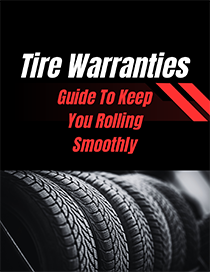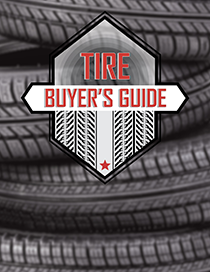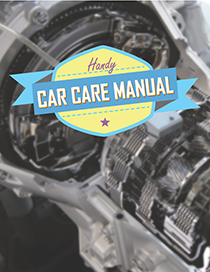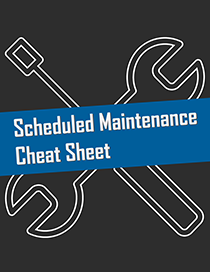Aspect Ratio, Tire Construction, and Wheel Diameter
It is important to familiarize yourself with the differences between the many available tire types when shopping for new tires.
Each part of the tire code alpha-numeric sequence identifies something about the tire. Being able to interpret that code can help you choose the best tires for you.
Aspect Ratio
The aspect ratio of a tire is calculated by dividing a tire’s section height by its section width when the tire is:
- inflated to proper air pressure
- mounted on the approved measuring rim
- under no load
The aspect ratio affects steering stability. Generally, the shorter the sidewall, or the lower the aspect ratio, the less time it takes to relay the steering input from the wheel to the tire, for faster steering response. Aspect ratio also affects the tread contact patch. A low-profile tire typically produces a wider tread contact patch. This wider tread contact patch creates a firmer footprint that provides improved cornering traction.
Tire Construction
The construction of the tire is identified by the letter following the aspect ratio. The most common designation is R, which stands for radial construction. Other, less common construction types for modern passenger cars may include D for bias ply construction and B for belted tires.
Wheel Diameter
The number following the construction code indicates the size of the wheel that the tire will fit in inches. Tire sizes on most vehicles begin at 13-inches and go up to 18-inches. Custom package wheels can be 22-inches or even larger.
An important sizing calculation in tire fitting, aspect ratio should be considered with wheel diameter for the best tire and wheel combinations. Lower aspect ratio typically indicates a high performance tire, with better lateral stability. Most of the new tires will be marked R for radial construction, however if you are replacing old tires, you may see the D or B designations.
When considering aspect ratio, tire construction, and wheel diameter, you should always select your vehicle manufacturer’s recommended specifications to assure safe and optimal tire performance. Just as choosing a dependable, quality tire is important, it also necessary to choose one that is developed for the best performance given the weight and design of your vehicle.







